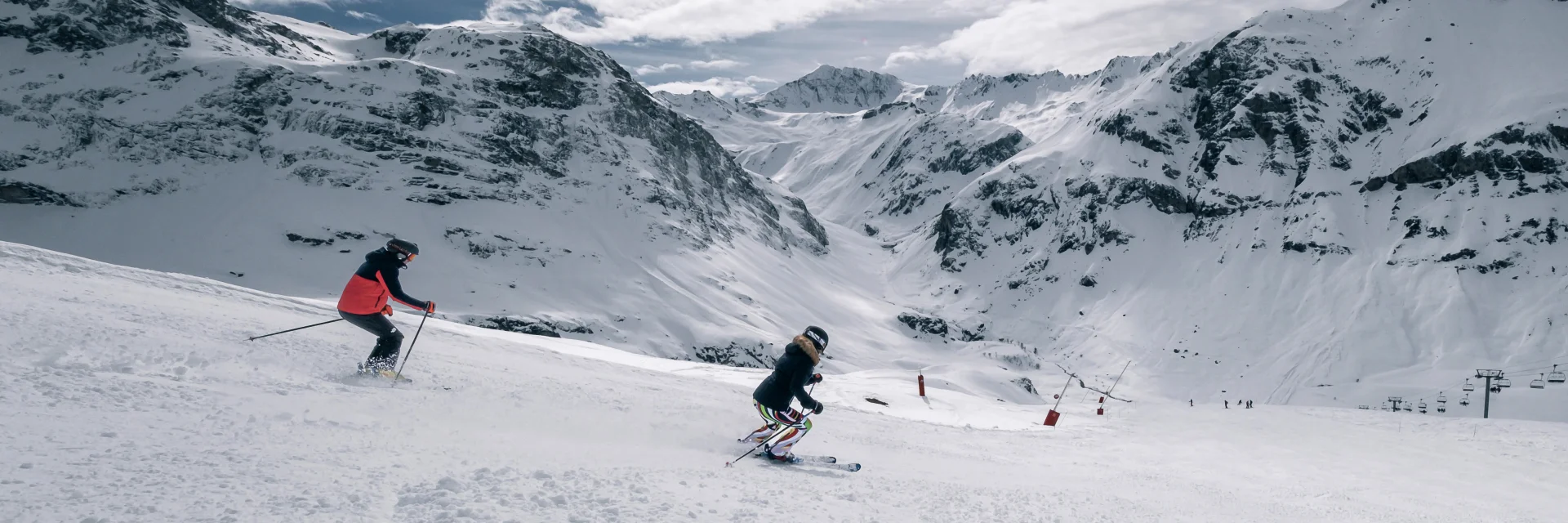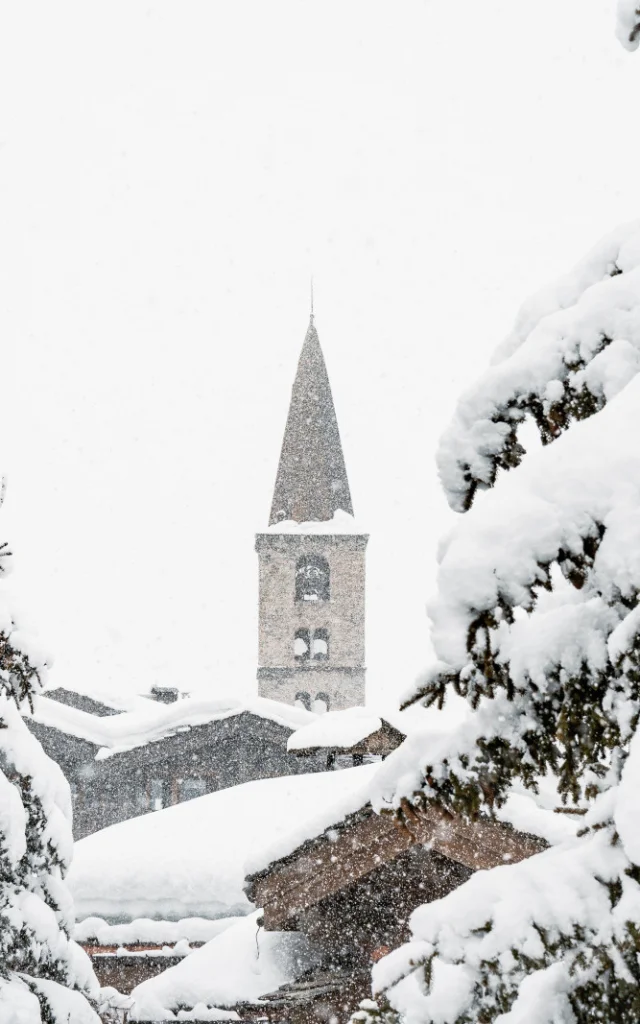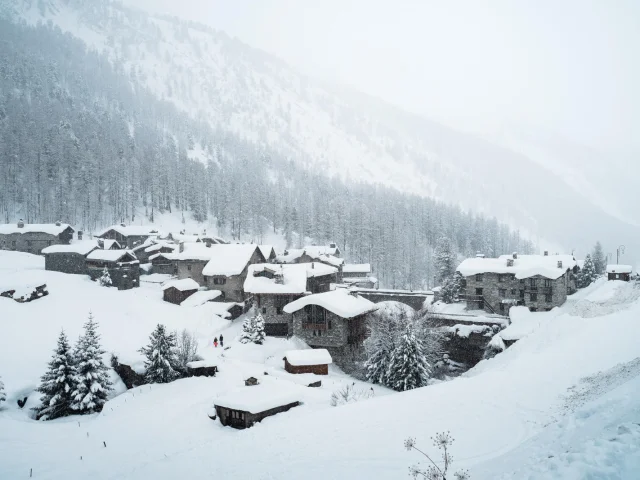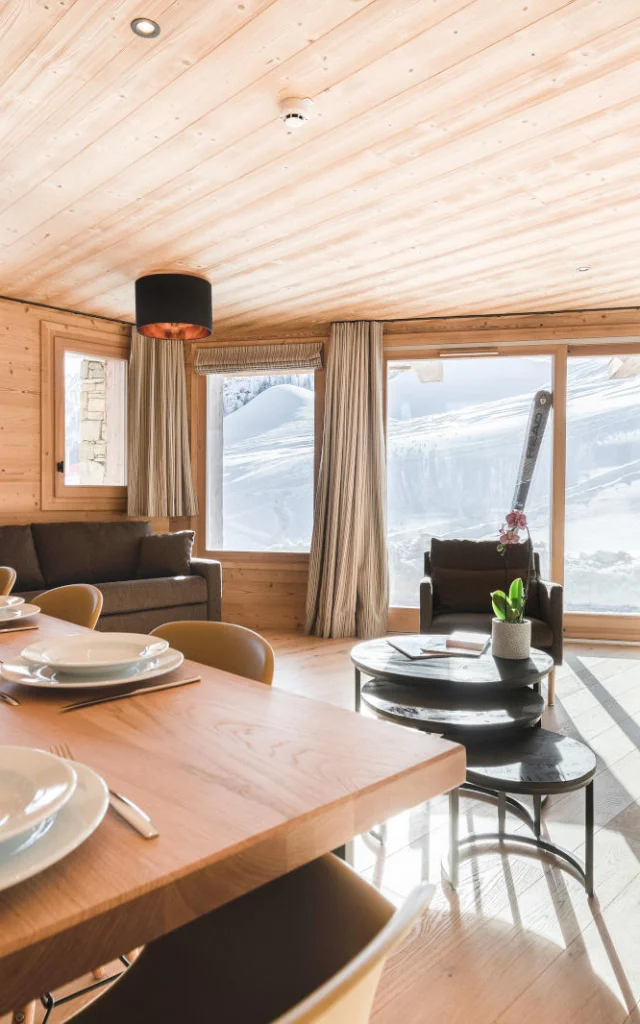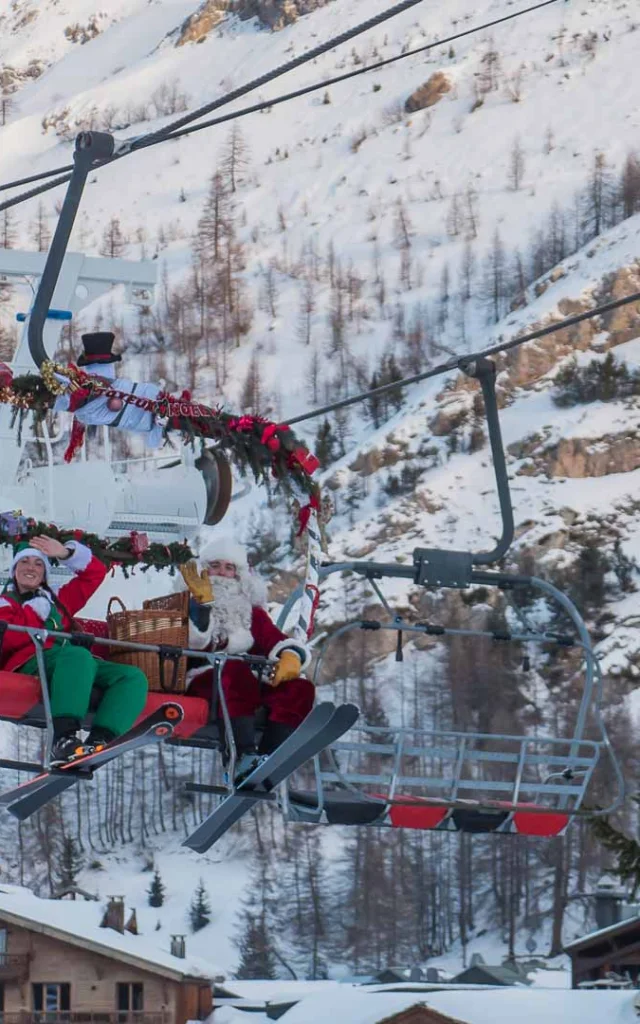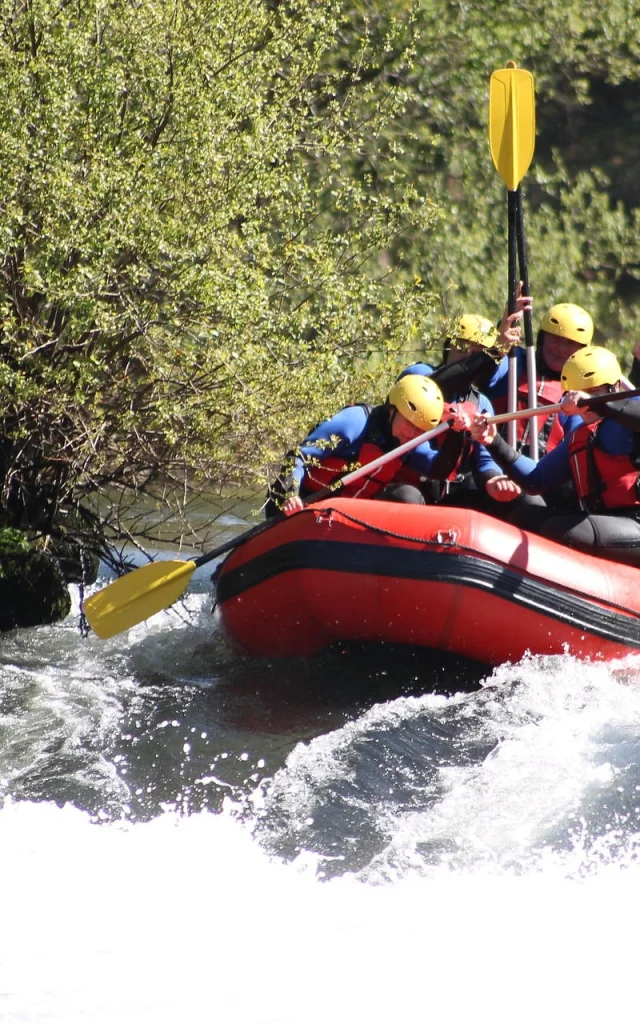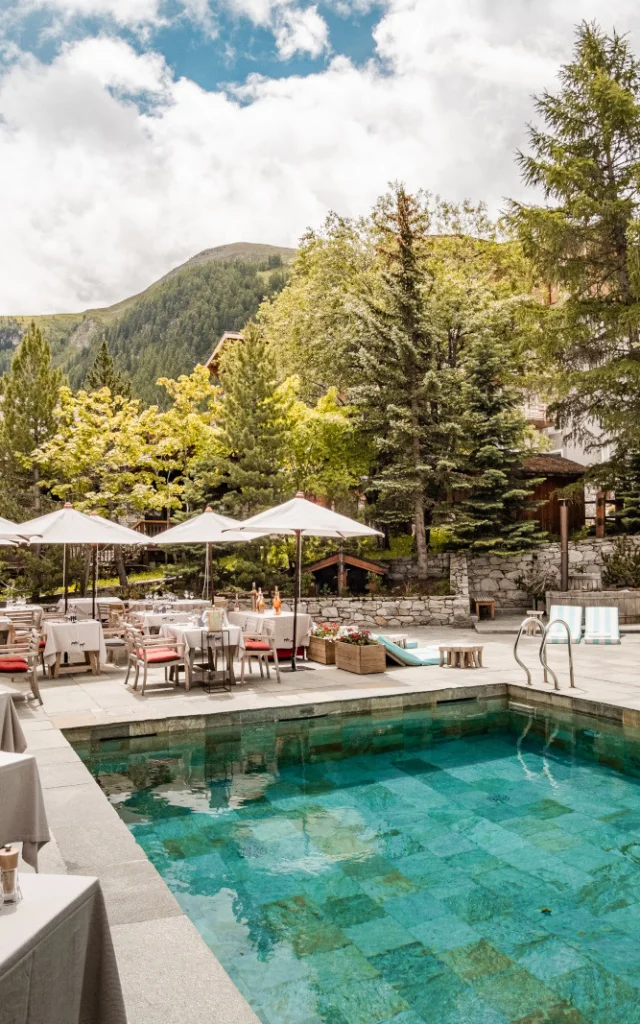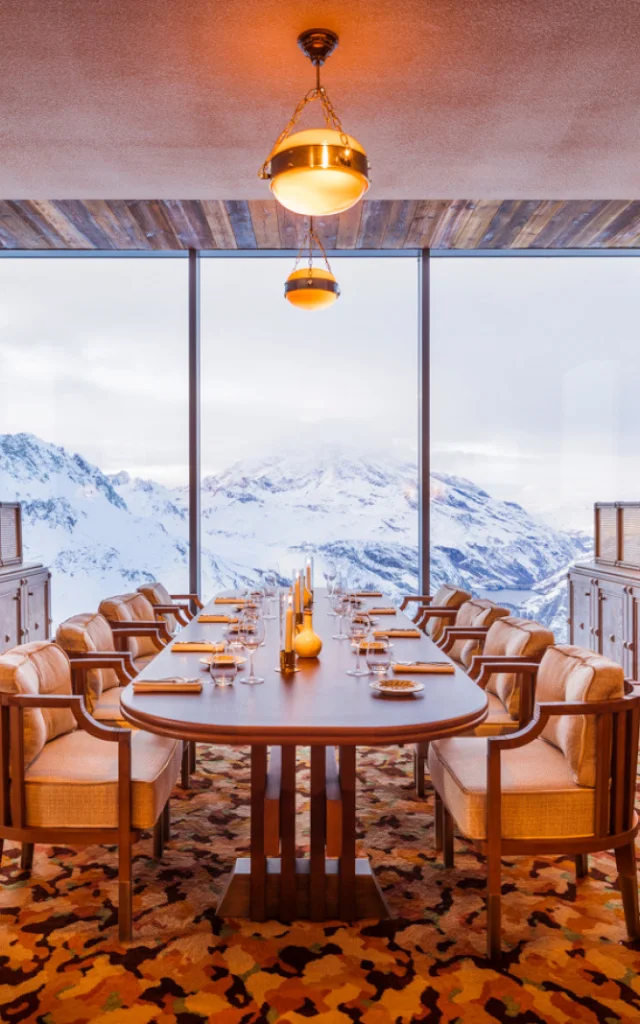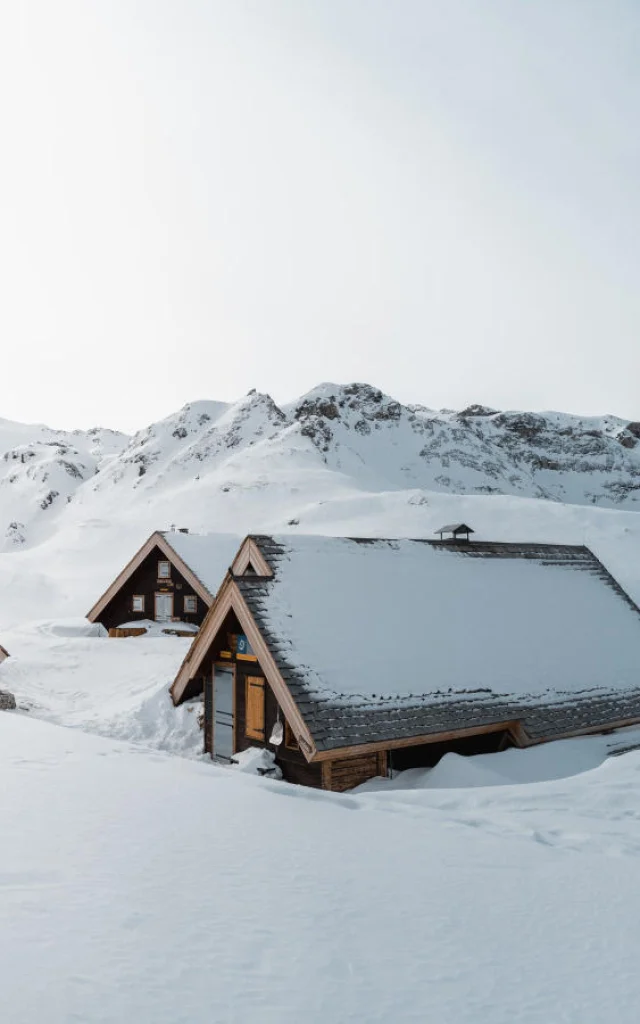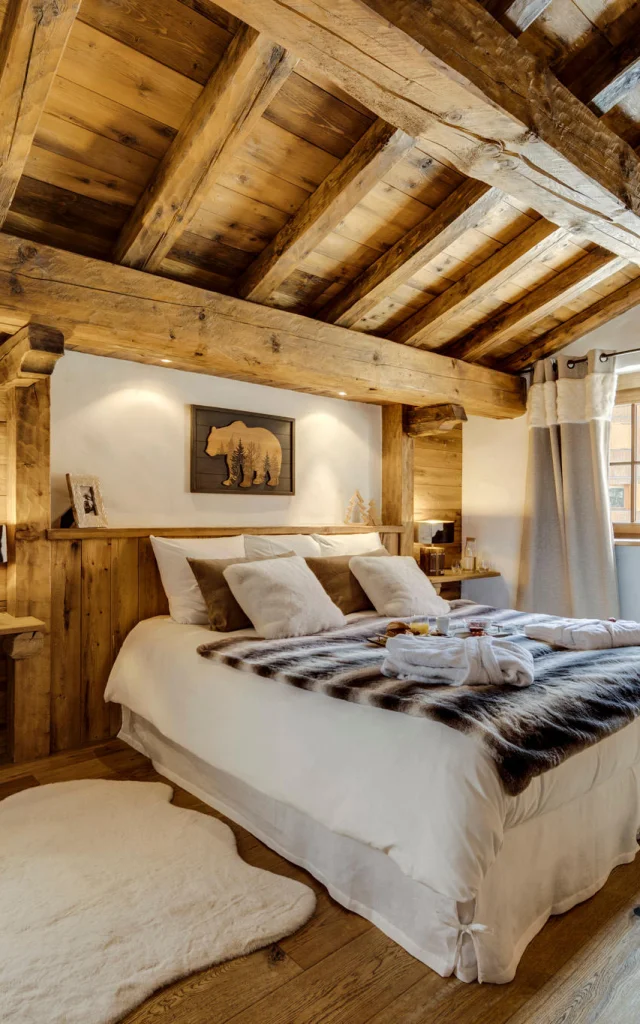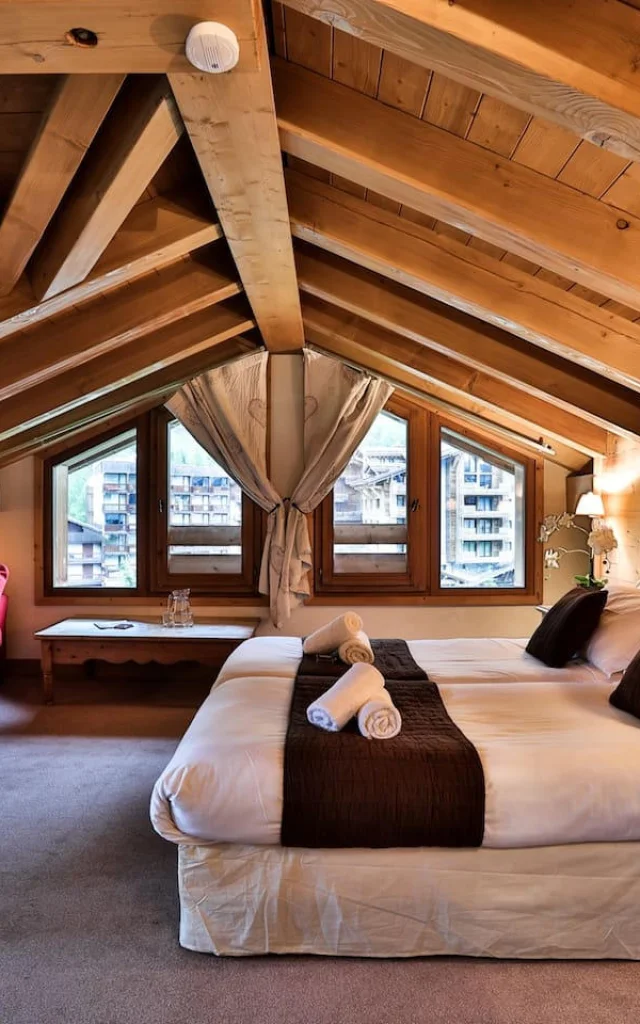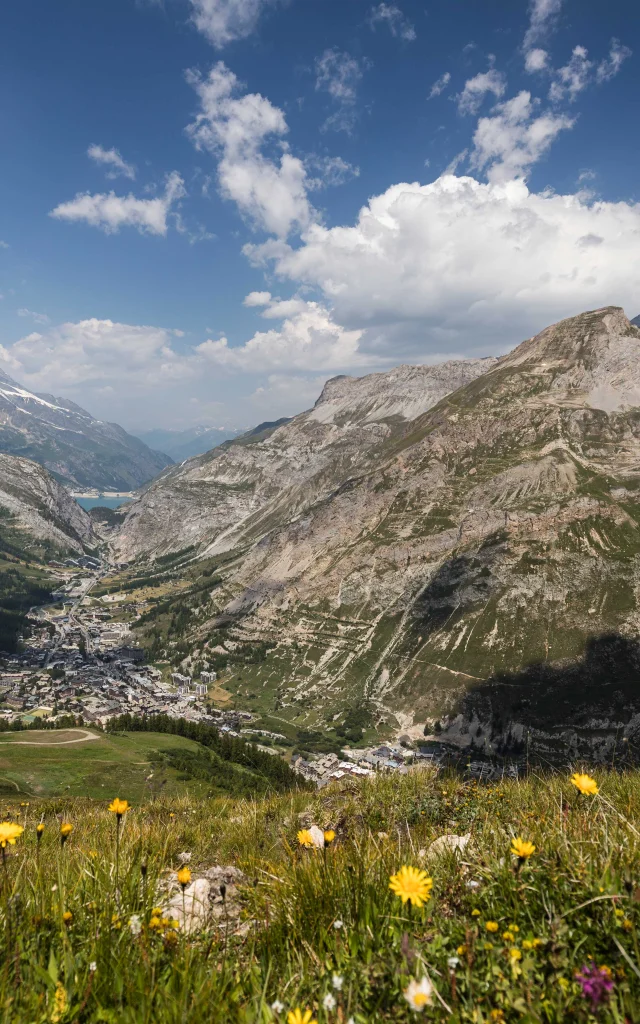A large ski areaExceptional snow cover
Val d’Isère is a ski area with a snow cover and weather conditions that are highly favorable for skiing.
Temperatures are mostly negative during the day and/or at night throughout the winter months, but also in April, which favors the maintenance of the snowpack, even without new snowfalls. Snow cover is always present.
White gold continues to grace Val d’Isère with its presence, even in late spring when snow precipitation can occur regularly, especially above 2000 meters.
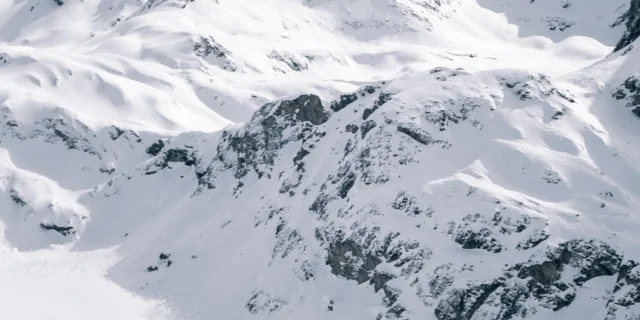 _DSF6813
_DSF6813 Valdisere 00032422
Valdisere 00032422Ski all season long withSnow cover
The snow guarantee means you can ski almost all year round, with a break from early May to early June and from mid-July to December. The altitude of the ski area, between 1,900 and 3,000 meters above sea level, is a major factor in this.
Backed by these advantages, Val d’Isère offers a wide range of promotional offers for spring and summer skiing. The latter takes place from early June to mid-July in the mornings on the Pisaillas glacier. A shuttle bus takes you from the resort to the foot of the glacier, with all-inclusive packages and discounts for children.
Give yourself the pleasure of summer skiing at over 3,000 meters above sea level.
